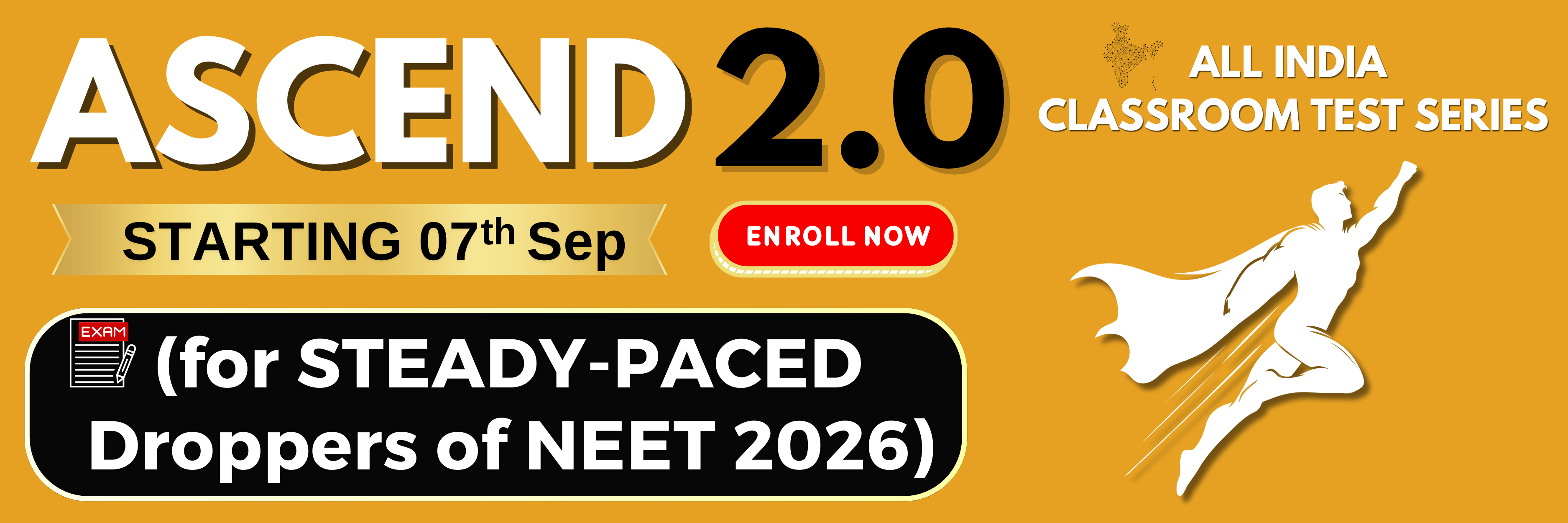Consider the following reactions:
(a) 6 CO2(g) + 6H2O(l) → C6H12O6(aq) + 6O2(g)
(b) O3(g) + H2O2(l) → H2O(l) + 2O2(g)
It is more appropriate to write these reactions as following
(a) 6CO2(g) + 12H2O(l) → C6H12O6(aq) + 6H2O(l) + 6O2(g)
(b) O3(g) + H2O2(l) → H2O(l) + O2(g) + O2(g)
because:
1. Water molecules are also the product of photosynthesis
2. Water molecules are not a product of photosynthesis.
3. Oxygen molecules are also the product of photosynthesis.
4. Oxygen molecules are not a product of photosynthesis.
because:
In the manufacture of benzoic acid from toluene, we use alcoholic potassium permanganate as an oxidant because -
1. The cost of adding an acid or a base can be reduced.
2. The reactions can proceed at a faster rate.
3. Both '1' and '2'
4. Neither '1' nor '2'
Consider the following reactions :
2 S2O32–(aq) + I2(s) → S4O62–(aq) + 2I–(aq)
S2O32–(aq) + 2Br2(l) + 5H2O(l) → 2SO42–(aq) + 4Br–(aq) + 10H+(aq)
The same reductant, thiosulphate reacts differently with iodine and bromine because:
1. Br2 is a stronger oxidizing agent than I2
2. I2 is a stronger oxidizing agent than Br2
3. Both '1' and '2'
4. Neither '1' nor '2'
The correct statement(s) about the given reaction is -
\(\small\mathrm{{X} eO_{6 (aq)}^{4 -} + 2 F^{- 1}_{(aq)} + 6 H^{+}_{(aq )} \rightarrow}~\mathrm{{X} eO_{3 (g)} + {F}_{2 (g)} + 3 H_{2} O_{(l)}}\)
1. oxidises F-
2. The oxidation number of F increases from -1 to zero
3. is a stronger oxidizing agent that
4. All of the above
Consider the following reactions:
Consider the following reactions:
(a) H3PO2(aq) + 4AgNO3(aq) + 2H2O(l) → H3PO4(aq) + 4Ag(s) + 4HNO3(aq)
(b) H3PO2(aq) + 2CuSO4(aq) + 2H2O(l) → H3PO4(aq) + 2Cu(s) + H2SO4(aq)
Draw the inference about the behaviour of Ag+ and Cu2+ ions from these reactions
1. Ag+ is a stronger oxidizing agent than Cu2+
2. Cu2+ is a stronger oxidizing agent than Ag+
3. Ag+ and Cu2+ are reducing agents
4. Ag+ is a reducing agent and Cu2+ is an oxidising agent
The oxidising agent and reducing agent in the given reaction are
1. Oxidising agent = ; Reducing agent =
2. Oxidising agent = ; Reducing agent =
3. Oxidising agent = ; Reducing agent =
4. None of the above
The correct statement about the given reaction is-
(CN)2(g) + 2OH-(aq) CN-(aq) + CNO-(aq) + H2O(l)
| 1. | The reaction is an example of a disproportionation reaction. |
| 2. | Hydrogen atom gets oxidized. |
| 3. | Reaction occurs in acidic medium. |
| 4. | None of the above |
The Mn3+ ion is unstable in solution and undergoes disproportionation reaction to give Mn2+, MnO2 and H+ ion. The balanced ionic equation for the reaction is-
| 1. | \(2 \mathrm{Mn}^{3+}{ }_{(\mathrm{aq})}+2 \mathrm{H}_2 \mathrm{O}_{(\mathrm{l})}\)→\({\mathrm{MnO}_{2(\mathrm{~s})}+\mathrm{Mn}^{2+}{ }_{(\mathrm{aq})}+4 \mathrm{H}^{+}{ }_{(\mathrm{aq})}}\) |
| 2. | \( \mathrm{Mn^{3+}_{(aq)} + H_2O_{(l)} } \) → \({\mathrm{MnO}_{2(\mathrm{~s})}+\mathrm{2Mn}^{2+}{ }_{(\mathrm{aq})}+4 \mathrm{H}^{+}{ }_{(\mathrm{aq})}}\) |
| 3. | \(5 \mathrm{Mn}^{3+}(\mathrm{aq})+2 \mathrm{H}_2 \mathrm{O}_{(\mathrm{l})}\)→\(\mathrm{MnO}_{2(\mathrm{s})}+3 \mathrm{Mn}^{2+}(\mathrm{aq})+4 \mathrm{H}^{+}(\mathrm{aq})\) |
| 4. | \(2 \mathrm{Mn}^{3+}{ }_{(\mathrm{aq})}+2 \mathrm{H}_2 \mathrm{O}_{(\mathrm{l})} \)→\(2 \mathrm{MnO}_{2(\mathrm{s})}+2 \mathrm{Mn}^{2+}{ }_{(\mathrm{aq})}+4 \mathrm{H}^{+}{ }_{(\mathrm{aq})}\) |
Which element exhibits both positive and negative oxidation states?
1. Cs
2. Ne
3. I
4. F
The balanced equation for the reaction between chlorine and sulphur dioxide in water is:
| 1. | Cl2(s) + SO2(aq) + 2H2O(I) →2Cl-(aq) + SO42-(aq) + 4H+(aq) |
| 2. | 3Cl2(s) + SO2(aq) + 2H2O(I) →Cl-(aq) + SO42-(aq) + 3H+(aq) |
| 3. | Cl2(s) + 3SO2(aq) + H2O(I) →Cl-(aq) + 2SO42-(aq) + 4H+(aq) |
| 4. | 2Cl2(s) + SO2(aq) + H2O(I) →2Cl-(aq) + SO42-(aq) + 4H+(aq) |






